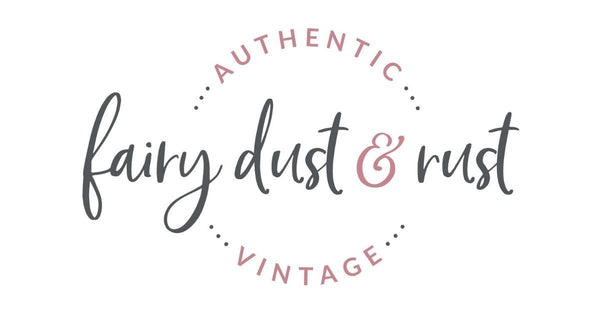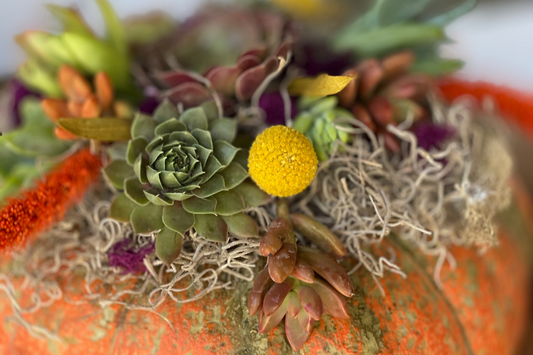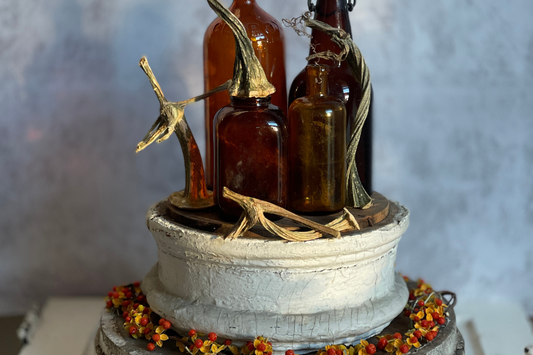Up until the late 1700s ink was a luxury item used mostly by the affluent. It was available as a powder and sold at neighborhood apothecaries. In the mid 1800s a great shift occurred in society as the demand for skilled labor grew. The State mandated school and as a result literacy rates rose. A liquid form of the ink was then developed and the British Post began to offer affordable mailing rates known as the Penny Post. Correspondence which was originally reserved to the wealthy was now commonplace and hence the demand for affordable ink grew.
Mass production of inkwells began and because they would be sold for a penny, producing them had to be quick and inexpensive. The apothecaries partnered with glass blowers who blew glass into moulds and then burst them off the blow pipe as they were finished. The sharp tops or burst lips were corked, sealed in wax and then offered for sale.
The inkwells were made in an array of beautiful shapes to attract interest and demand. From octagons to rectangles, from cylinders to cones and even little cottages, snails and igloos. Because of the swift nature of the manufacturing process, the finished glass was often filled with trapped air bubbles, impurities and flaws. Shades of aqua blue are the most common, as it was most natural, least expensive to produce and the color is a result of iron impurities that were left in the sand.
It wasn’t until the late 19th century/early 20th century that colorless glass became more desired and easier to produce with the advent of glass additives and better chemistry to remove the color and impurities.
Penny Inks hold a special place in the hearts of antique enthusiasts. Similar to English Advertising pots, these inkwells had a single purpose before being discarded. Enthusiasts, including bottle hunters, diggers, and excavators, continue to unearth them from lakes, rivers, and trash tips across England.
Remarkably, many are discovered fully intact, now boasting a century's worth of patina and allure. Ranging in a spectrum of blues from the palest aqua to the deepest teal, each inkwell serves as a precious momento, providing a nostalgic glimpse into the past.
Today, inkwells are revered by both collectors and interior decorators alike. While the history tells a fascinating story they are also functional and create a big impact in a group display or individually as a single bud vase.
In my latest shipment from England, I have received a handful of these darling inkwells in the most beautiful shapes and array of colors. Now available on my website!




